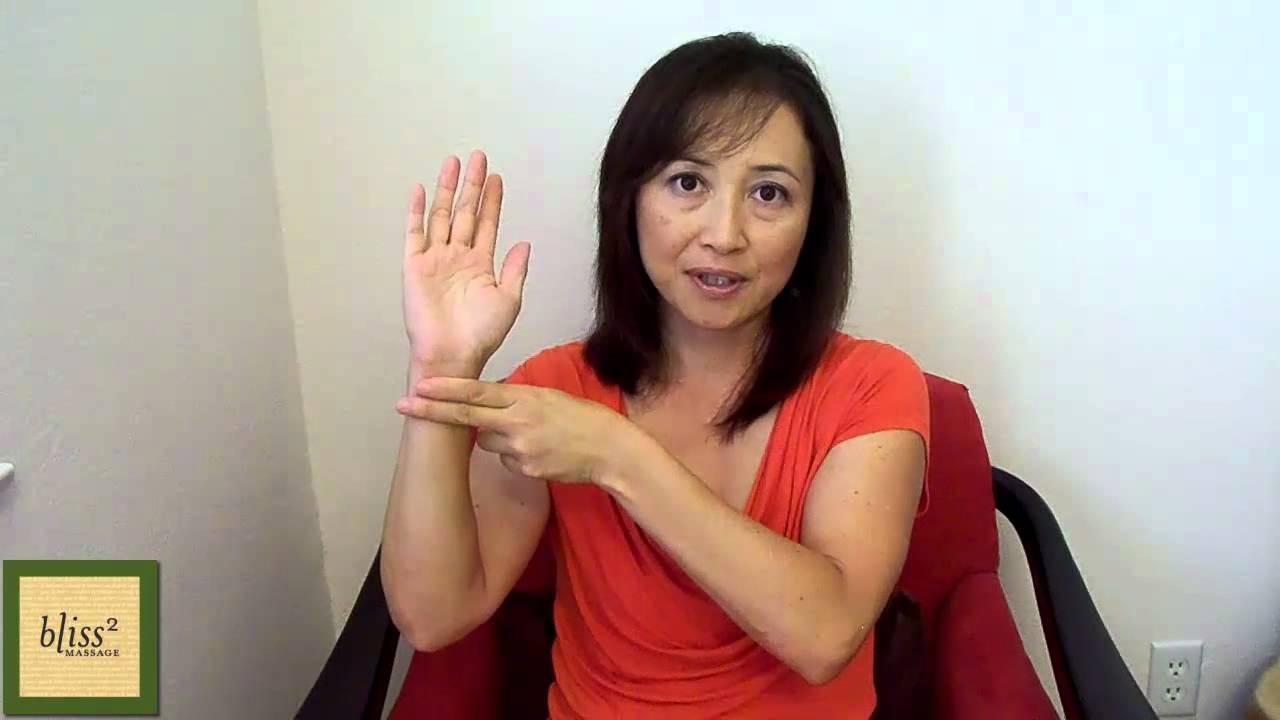Struggling from poor sleep quality, latent sleep onset, or a general lack of sleep? Using Chinese acupressure points to sleep quickly and peacefully has been one of the primary practices of acupuncture.
Acupressure treatment is the ancient Chinese healing art that consists of putting pressure on specific places on your body.
Acupressure points can relax your body and provide a better experience for more restful sleep.
Read on to learn how to stimulate certain acupressure points to sleep quicker and easier every night.
What’s the Effectiveness of Acupressure for Sleep?
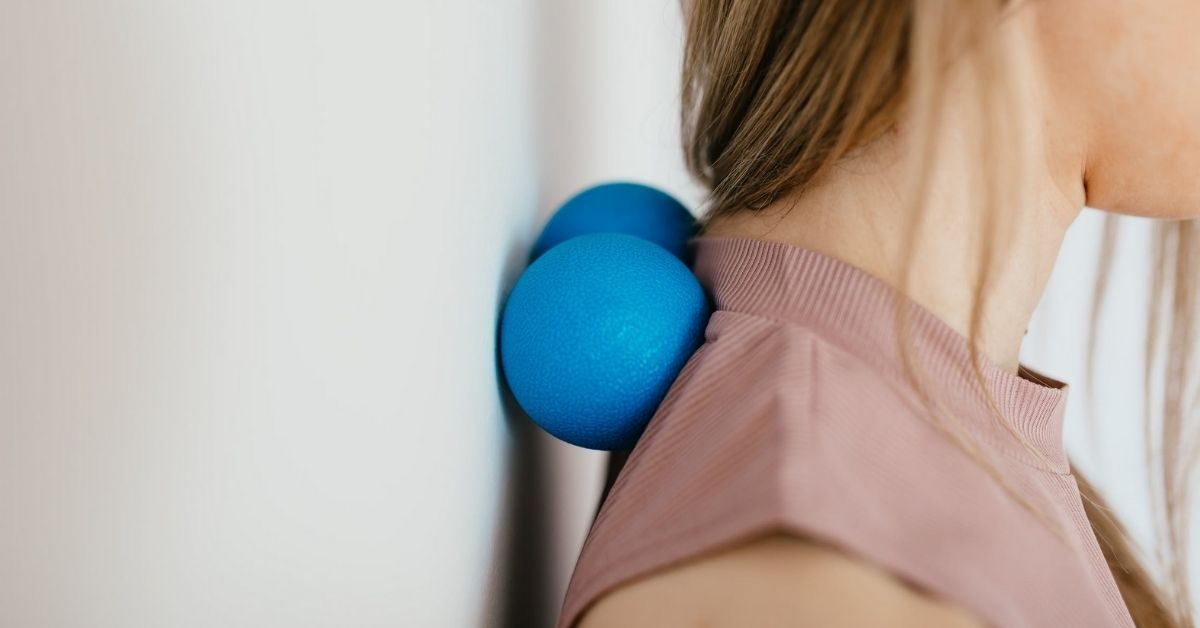
Acupressure is an alternative Chinese medicine technique that’s similar to acupuncture (but without the needles). It works by putting pressure on certain points of the body to stimulate energy flow. Acupressure is one of the best non-invasive alternative treatments and relaxation techniques to sleep more peacefully.
Peer-reviewed studies observing the effectiveness of acupressure have shown that it can be used as a treatment for sleep disorders such as insomnia and to improve the subjective sleep quality of patients. The practice mainly consists of using your fingers and thumbs to pressure certain parts of your body related to sleep.
Not only that, but practitioners who’ve used this method as a treatment for insomnia have also shown that acupressure is a safe technique to improve sleep duration, with no adverse side effects. In fact, the effect of acupressure on sleep seems beneficial to people of all ages and abilities, including elderly and fragile people.
Of course, the quality of sleep is important, but the hours of sleep also play a vital part in your well-being. The amount of sleep per night between each person varies, and using acupressure for sleep increases the chances of reaching deeper sleep.
Use These Acupressure Points to Sleep Quickly and Easily
Some of the effects of poor sleep include mental stress and periods of insomnia, so it is essential to get a peaceful sleep every night.
Traditional Chinese medicine has evolved throughout the years, with several methods that have shown huge improvements in sleep quality, one of which is the practice of acupressure.
There are plenty of advantages to acupressure, with better sleep right at the top of the list. Add these spots to your acupressure routine to improve subjective sleep quality and aid nighttime anxiety relief.
1. Press the Inner Frontier Gate
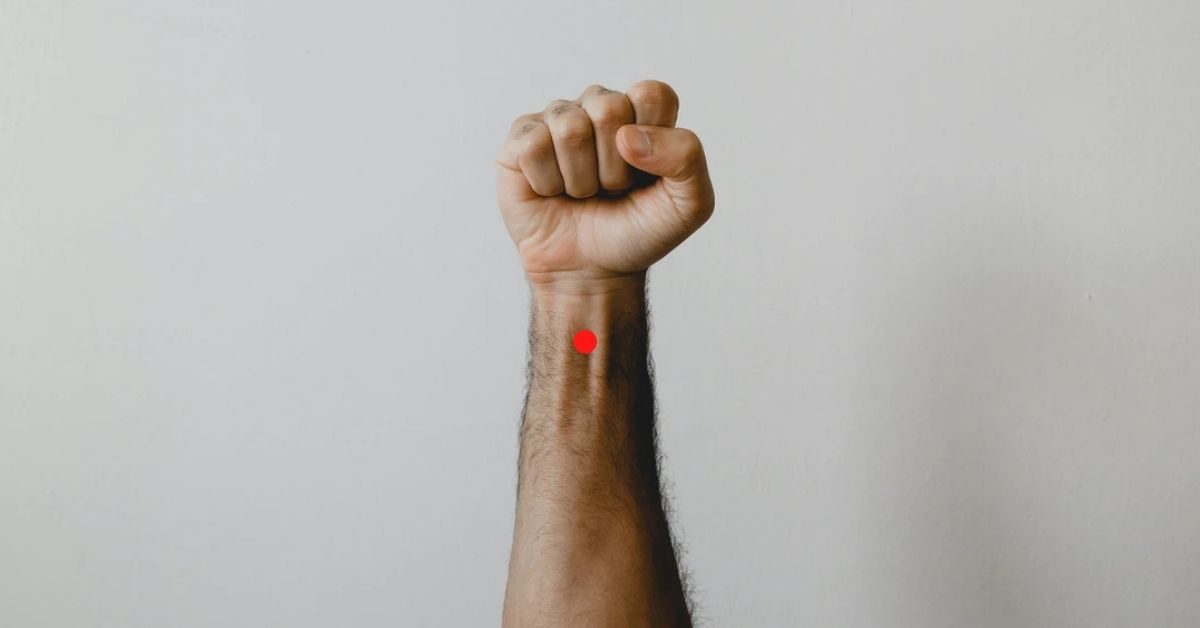
The Inner Frontier Gate point is located in your inner forearm between the tendons.
To get a better idea of where it is, turn your hand with your palm facing up. Place three fingers down your wrist. Your Frontier Gate is between the two tendons right where the third finger ends. Then, apply firm pressure downward.
Use a circular motion to massage the gate. This will release tension in your Inner Frontier Gate. This method is believed to have a soothing effect on the body.
2. Massage the Three Yin Intersection
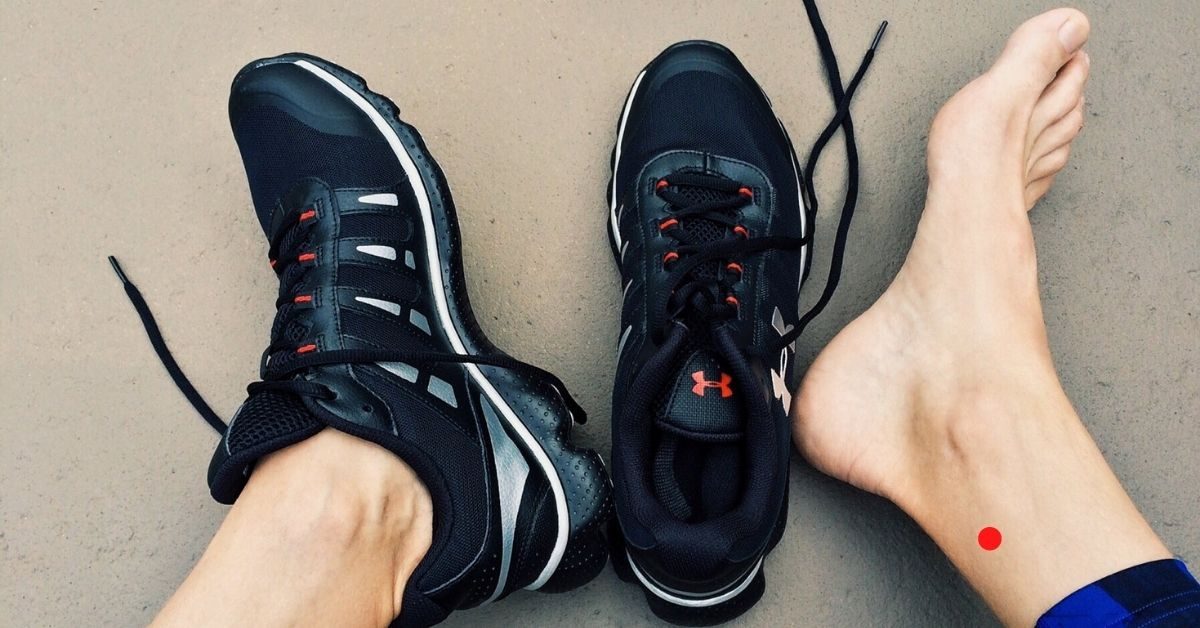
The stimulation of the Three Yin intersection is one of the most simple acupressure techniques to learn.
To find it, count four fingers up your leg above the ankle. The Three Yin intersection is found on the highest point of your ankle bone.
Once you’ve located it, simply apply downward pressure in circular or up-and-down motions.
3. Thumb your Wind Pool point
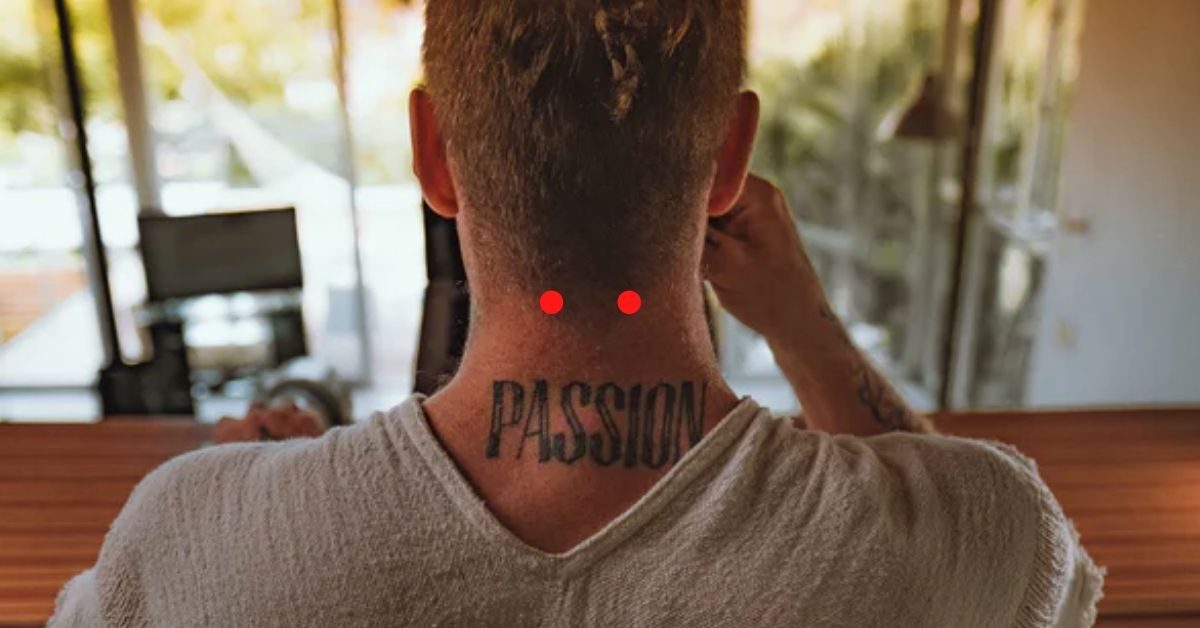
The Wind Pool pressure point can be found at the back of your neck. It’s useful for releasing stress and improving your all-around mental health.
You can locate it by feeling for your mastoid bone behind your ears and following it round to the back of the neck, right where the neck muscles attach to the skull.
Apply consistent pressure with your thumb on the vertical neck muscles for a soothing effect.
Massaging the Wind Pool pressure point is a great way to relieve stress and neck pain.
According to practitioners, the Wind Pool pressure point,
“clears the head and calms the spirit”.
4. Apply deep pressure to the Spirit Gate point
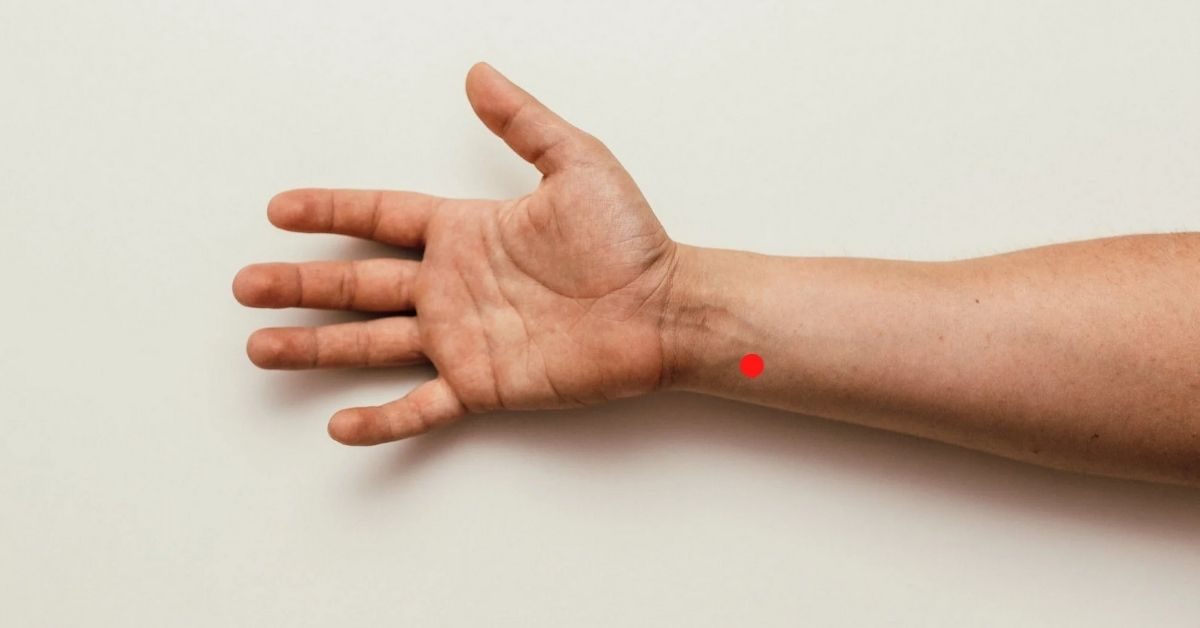
The Spirit Gate, also known as Heart 7, is another of the non-pharmacological interventions capable of increasing your chances of getting a good night’s sleep and reducing sleep disturbance.
With your palm facing up, draw a line from the pinkie finger to the base of your outer wrist. This spot on the wrist crease is exactly where you should be focusing.
Press gently on your left wrist with two fingers while taking long, deep breaths. Repeat the process with the other wrist.
5. Press your Bubbling Spring point
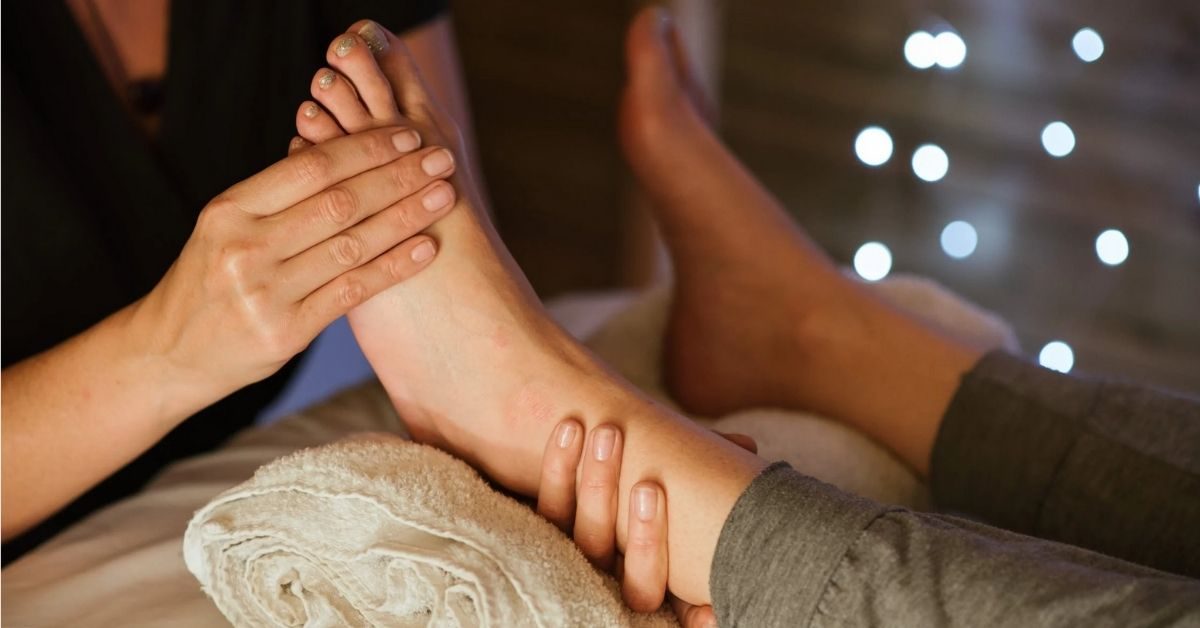
Looking for acupressure for insomnia? The Bubbling Spring point is around the middle of the sole of your foot. To stimulate this pressure point, also known as Kidney-1, take your foot and curl your toes, feel for the depression on the sole of your foot and apply gentle pressure.
According to Shari Auth, Doctor of Acupuncture,
“This point is found on the midline of the sole of the foot, one-third of the way down from your toes and two-thirds the way up from your heel—right where the arch of the foot begins.”
The key is to provide consistent pressure to the area. The bubbling spring point is famous for relieving emotions of stress.
The effects of stress can be detrimental in the long term, especially for people with a chronic sleep disorder. Chronic stress can lead to insomnia, which is why this acupressure therapy could help those in need of quality sleep.
6. Massage the Zusanli acupressure point

The Zusanli is an acupressure point known as ST 36 and is commonly used to treat nausea, fatigue, and stress. It is located on the outer boundary of your shin bone.
As acupuncturist Stephanie Dilibero explains,
“Hold your four fingers together, and measure the width of their distance down from the lower border of your kneecap. You will feel your shin bone. Move one finger’s-width laterally from the shin bone, and you’re there.”
The proper technique to stimulate the Zusanli is to use circular motions in the area with two to four fingers for a minute and repeat on the other leg.
7. Stroke An Mian

In acupressure, the An Mian points are used to treat insomnia and help reduce vertigo and anxiety.
These are located just behind the mastoid bone, the bony protrusion at either side of the neck. Stroking this area has been used as a treatment of sleep and also as a way to alleviate jaw pain and tension headaches.
Of course, pain relief is only one of the perks of massaging the An Mian, considering that this practice is mainly used to help you reach the land of sleep easily. It is no wonder then that An Mian translates to ‘peaceful sleep.’
8. Rub Ren Mai
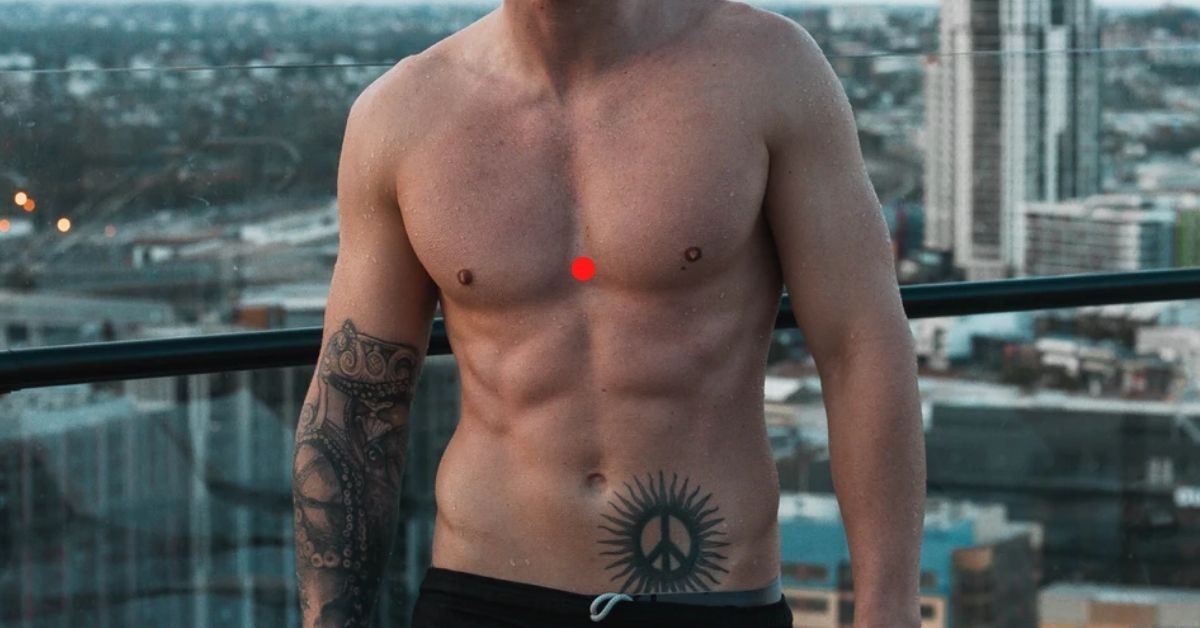
Conception vessel 17, or Ren Mai, is often treated for stress arising from the chest area and relieving sleep disorders. The spot is located in the hollow space in the center of the breastbone, right at the level of the nipples.
Follow Stephanie Dilibero’s instructions:
“For one minute, gently massage this area with two fingers in a circular motion as you direct your breath toward this area. Repeat as needed.”
It is important to keep a light pressure as you rub the area with a circular or up-and-down movement. You can enhance the movement by controlling the way you breathe during the exercise.
Final Thoughts
The practice of using acupressure points to sleep is by no means new. This ancient practice has endured the test of time and, while more research needs to be done about the efficacy of acupressure, it’s worth giving it a shot considering the thousands of people who have benefited from it over thousands of years.
Having energy in the morning after a full night of restful sleep is the kind of luxury that a good quality of life can offer and acupressure can help that.
If you’re looking for more ways to wind down at night, check out our article on relaxation techniques to sleep quicker.

Welcome to Snoozerville! I’m Dr. Alex Hartley, your guide to the world of restful sleep. With a Ph.D. in Sleep Science and years of experience as a sleep therapist, I’ve dedicated my life to understanding and improving sleep quality. My passion lies in uncovering the mysteries of sleep and sharing practical, science-backed advice to help you achieve the best rest possible. Beyond my academic pursuits, I’m an advocate for mindfulness and relaxation techniques, which I incorporate into my daily routine. At Snoozerville, I aim to transform your nights, combining the latest research with easy-to-implement tips. Whether you’re a chronic insomniac or just looking to improve your sleep hygiene, join me on this journey towards peaceful, rejuvenating sleep.

